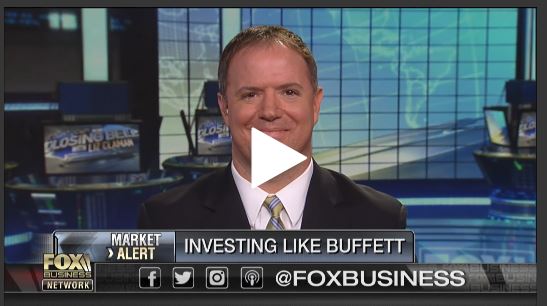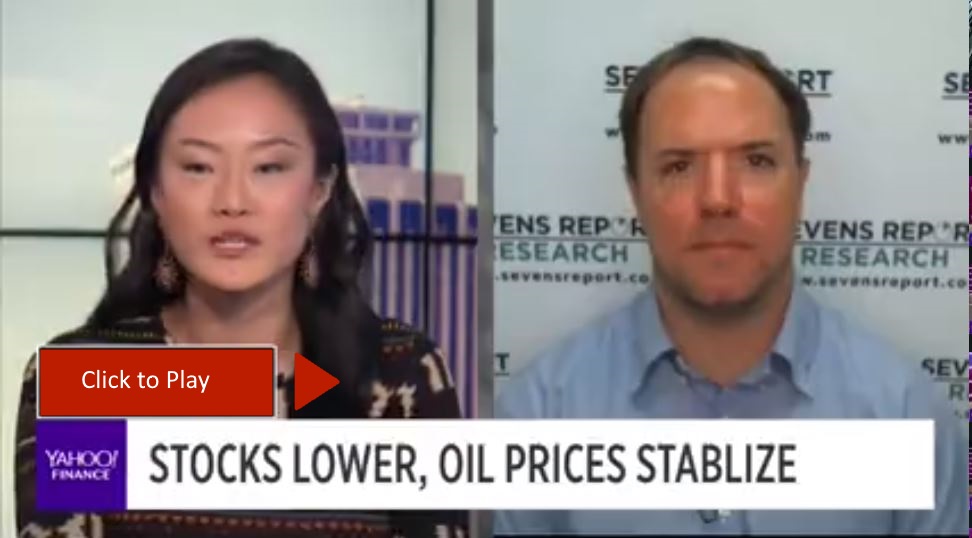Is the Corporate Bond Bubble Bursting?
What’s in Today’s Report:
- Pullback Update: Why we think the 2650-2850 trading range is still intact.
- Is the Corporate Bond Bubble Bursting?
Futures are enjoying a modest oversold bounce following a generally quiet night.
Italy will be in focus today as the European Commission will issue a decision on the resubmitted budget and rejection is likely. Positively, however, there were some reports Italy would be open to negotiation on the proposed budget, and that helped fuel the bounce this morning.
There were no notable economic reports overnight.
Today should be a generally quiet day as travel picks up for the Thanksgiving holiday. But, that said, there are three notable economic reports this morning: Durable Goods (E: -2.5%), Jobless Claims (E: 215k), Existing Home Sales (E: 5.21M). Bottom line, tech remains key in the short term. If Nasdaq and FDN can bounce, stocks can recoup some of the week’s losses.
Everyone please have a happy and safe Thanksgiving!



